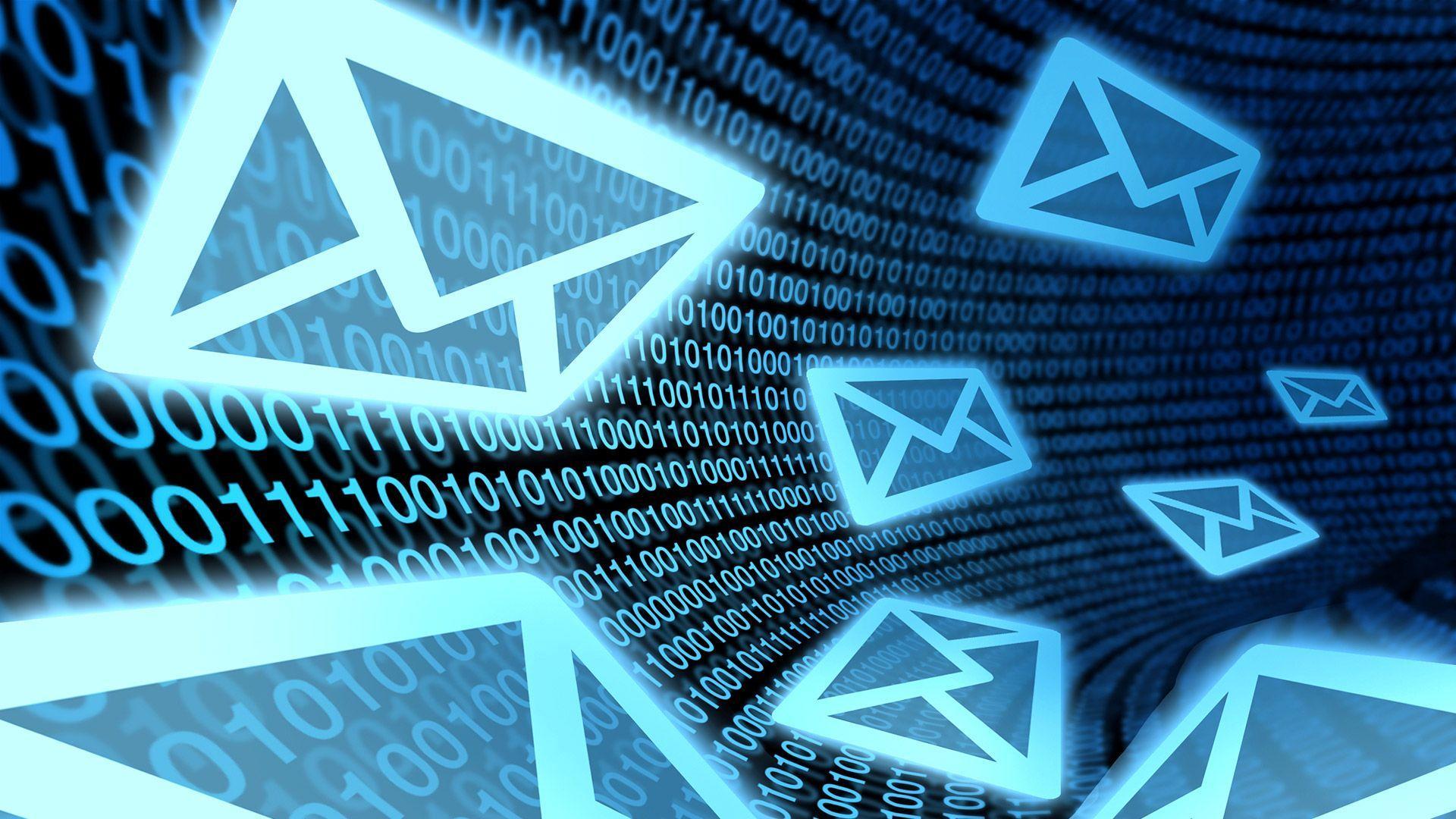
Do you always wonder whether email verification software will be useful for your company. Obviously, it will help your company compete and grow. Still, only few companies make use of this tool because they are unaware of its benefits.
What Is Email Verification?
Email verification is a service that detects potential spam traps and other email address issues before your ISP or ESP flags you.
Email Validation helps you connect with your subscribers by cleaning up your mailing lists.
An advanced email verification system checks for syntax consistency. Unlike basic email verification, their process uses AI, multi-layer examination, and complex protocols to quickly identify problematic email addresses.
Email verification services use these records to predict the likelihood of a hard bounce. Every email that goes through this system is scored and sorted using 30 different codes. The system often autocorrects syntax errors, or online marketers may approve/remove the suspicious email from their mailing list.
The scoring method also serves as a warning if an email is working but no one is responding for a long time. Online marketers can also maintain list hygiene.
How It Works:
- A syntax check first. It involves checking all email lists for errors like extra spaces, dots, commas, and misspelled names.
- Domain check This step verifies the domain name. Incorrect domains, like “123.com” or “abc.com”, are frequently entered by users. Also, some domains may no longer work, rendering the address lifeless. Verification ensures you only have valid email addresses.
- Finally, send an email ping. This is a complex process that not all email verifiers offer. Thus, a tool with this capability is required to ensure that all emails are verified correctly.
How to maintain a clean mailing list
1. Ensure data quality
Use an email list cleaning service to identify outdated or inaccurate email addresses and remove them before your next campaign. Using real-time verification, you can prevent typos and fake accounts from causing unwanted hard bounces.
2. Check Your Database Often
Sort out non-engaging subscribers. If a subscriber hasn’t opened any of your emails in the last three months, remove them from your list immediately to avoid spam complaints and hard bounces.